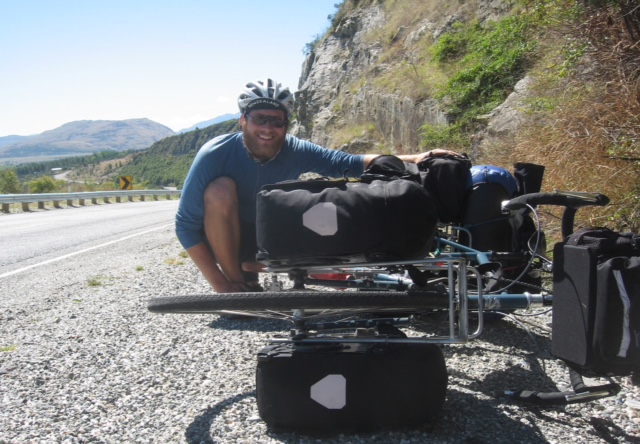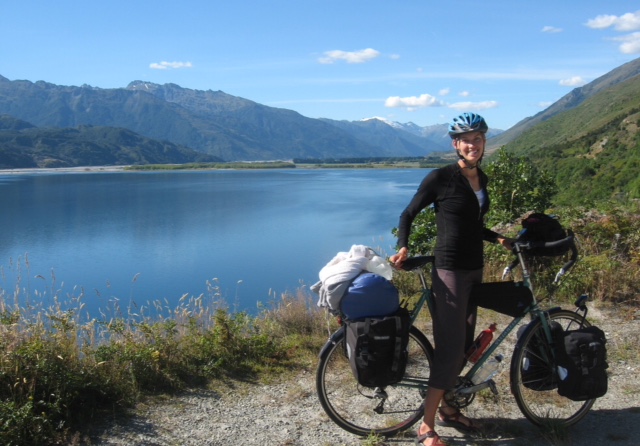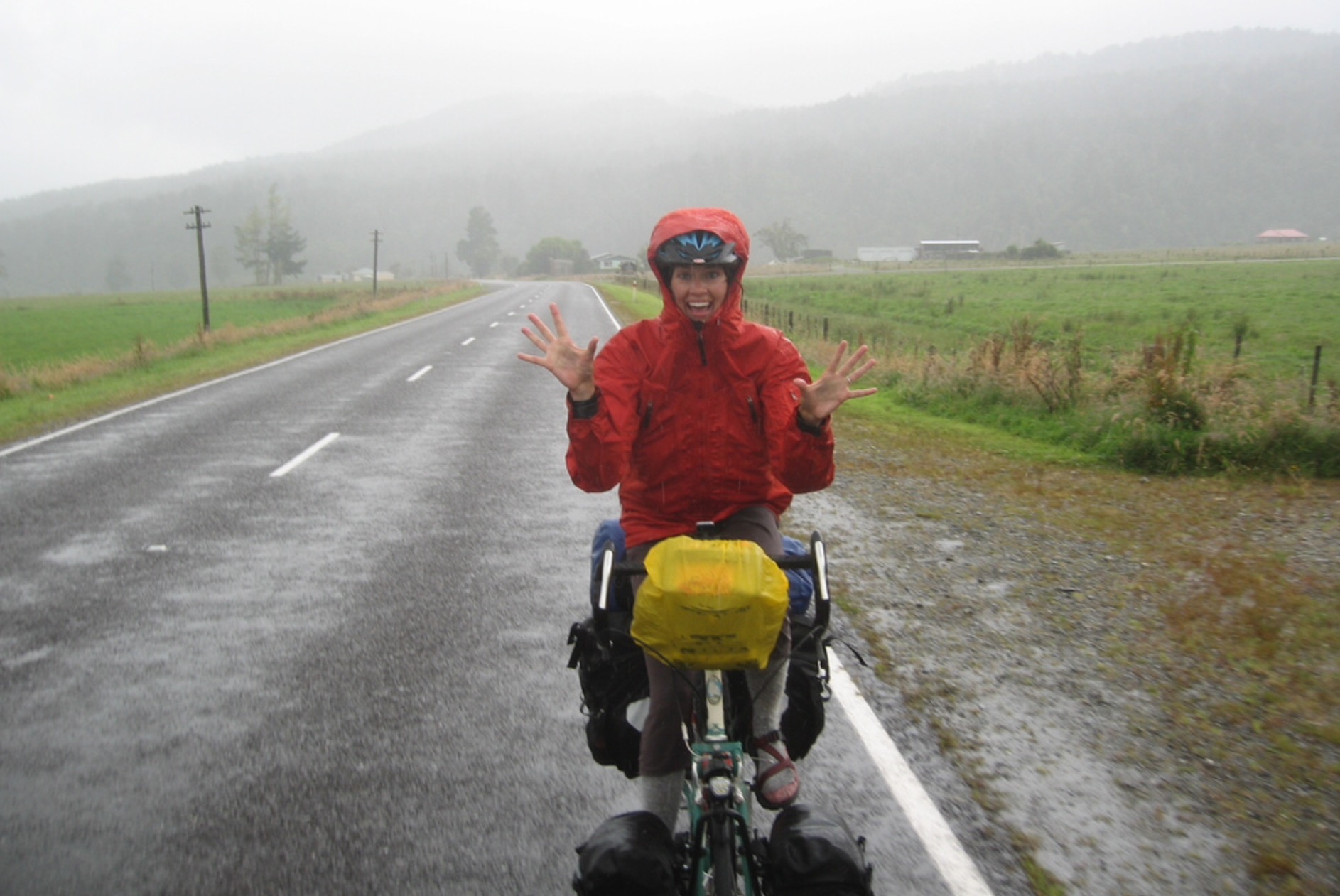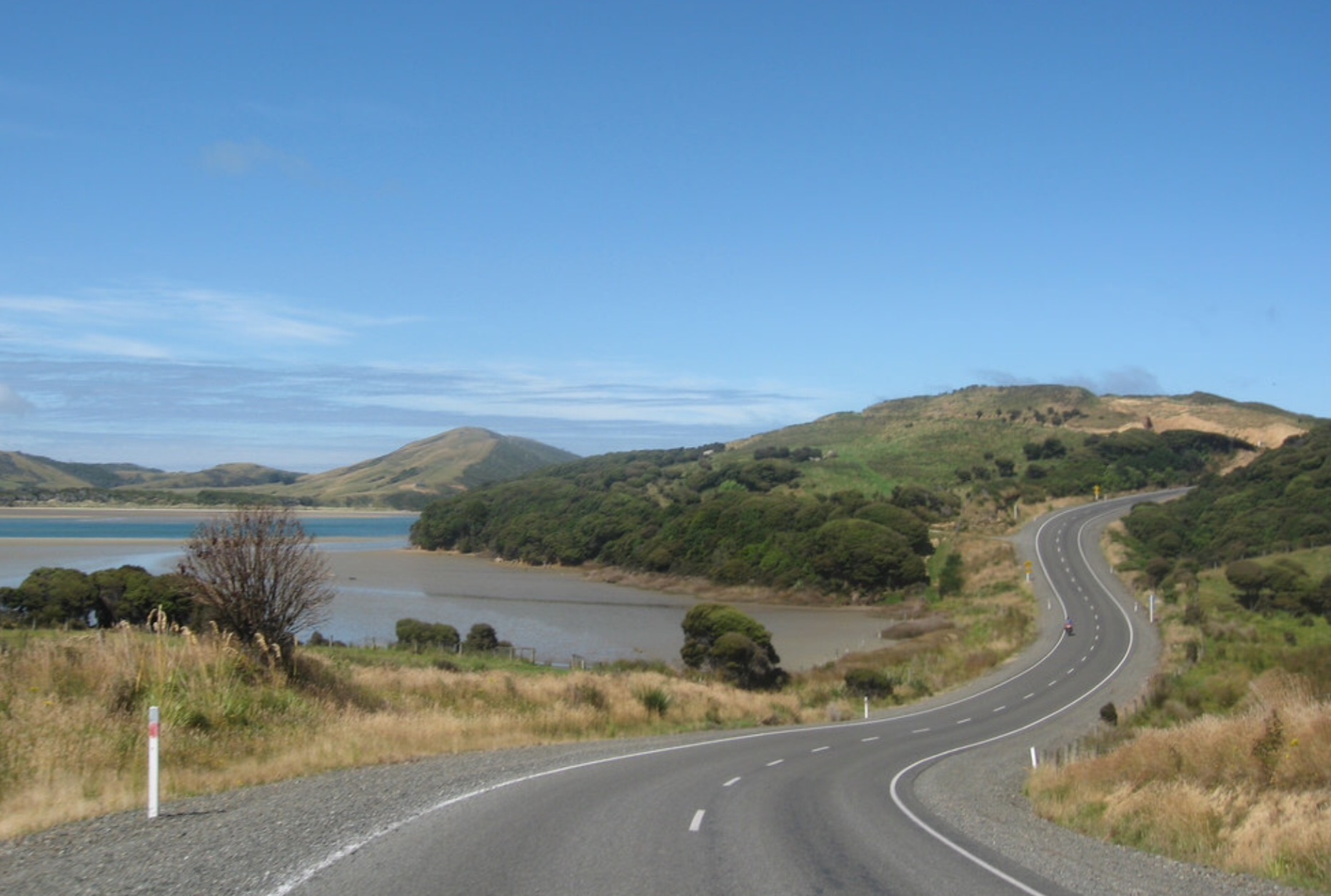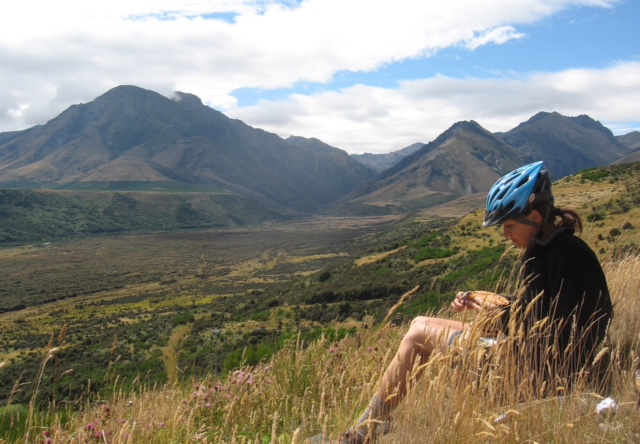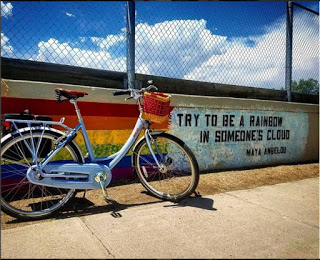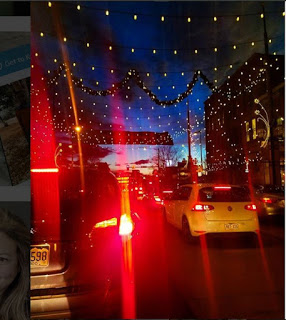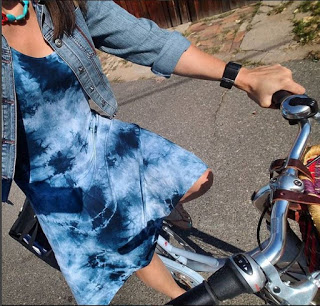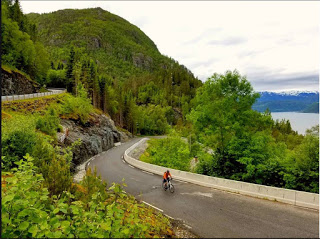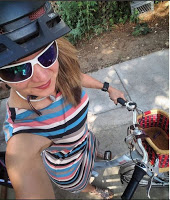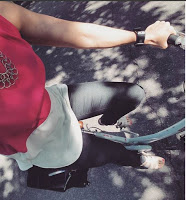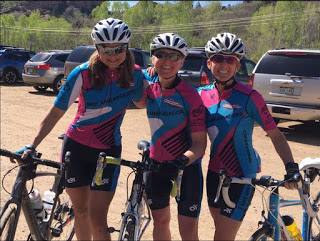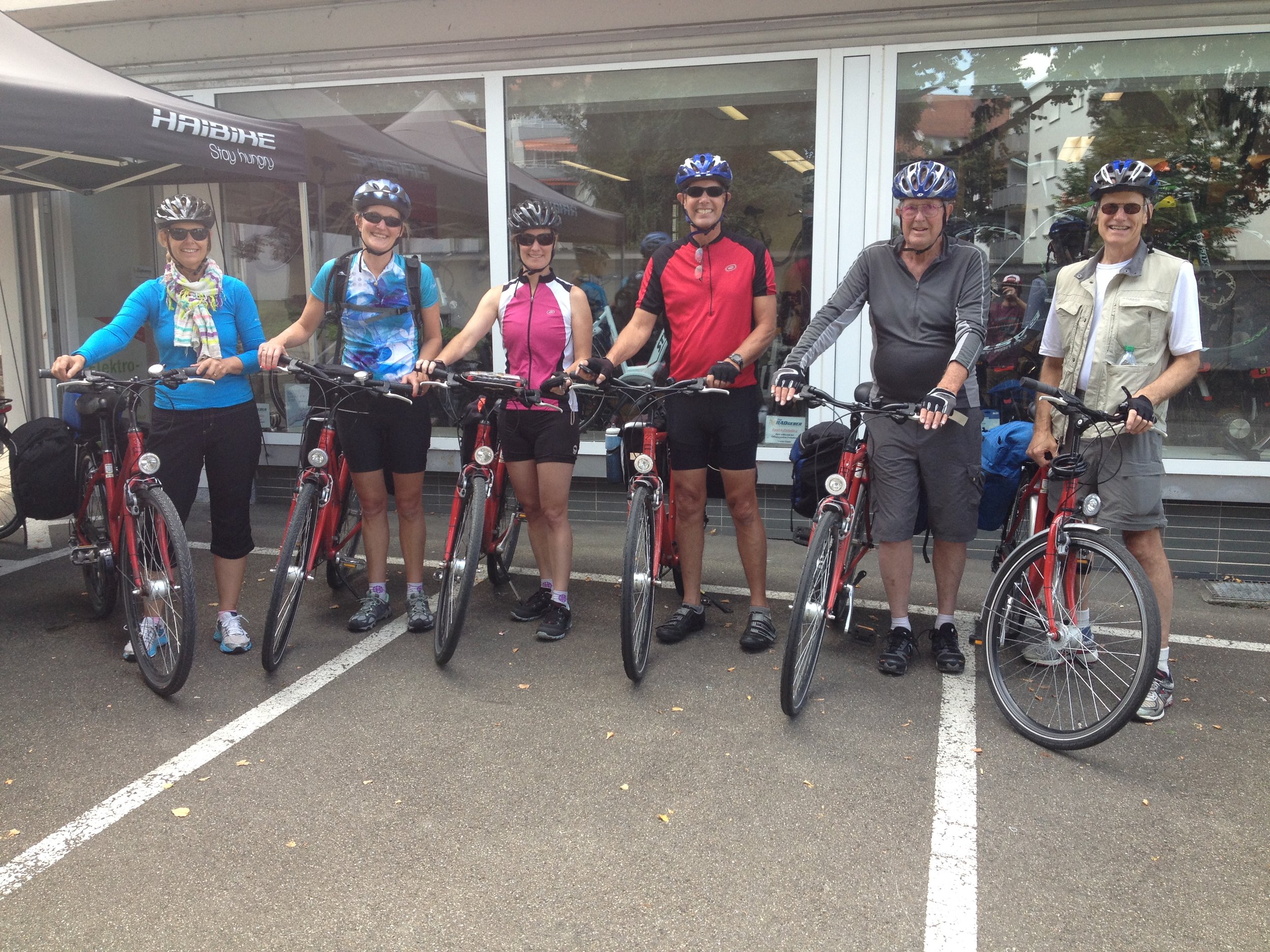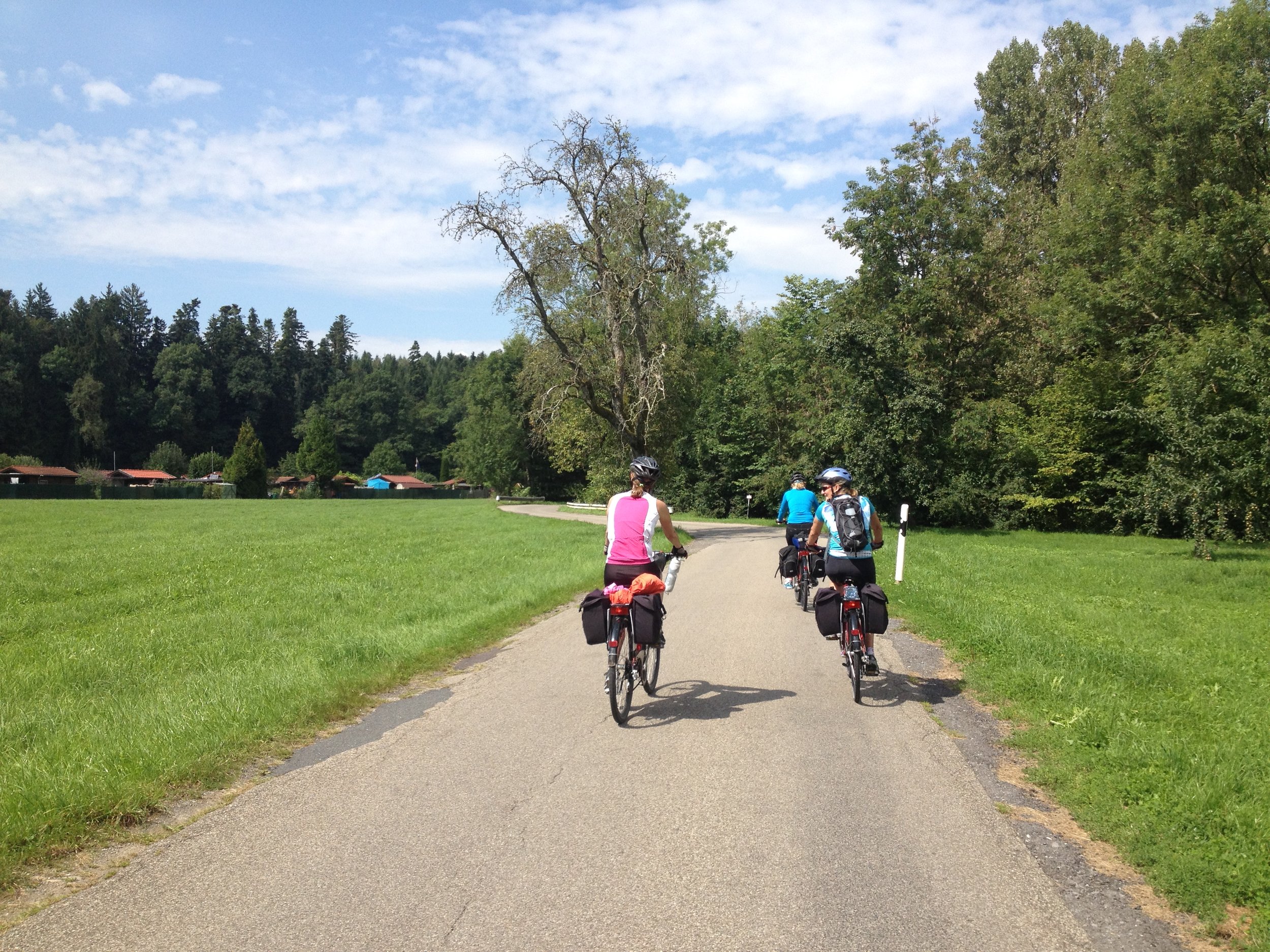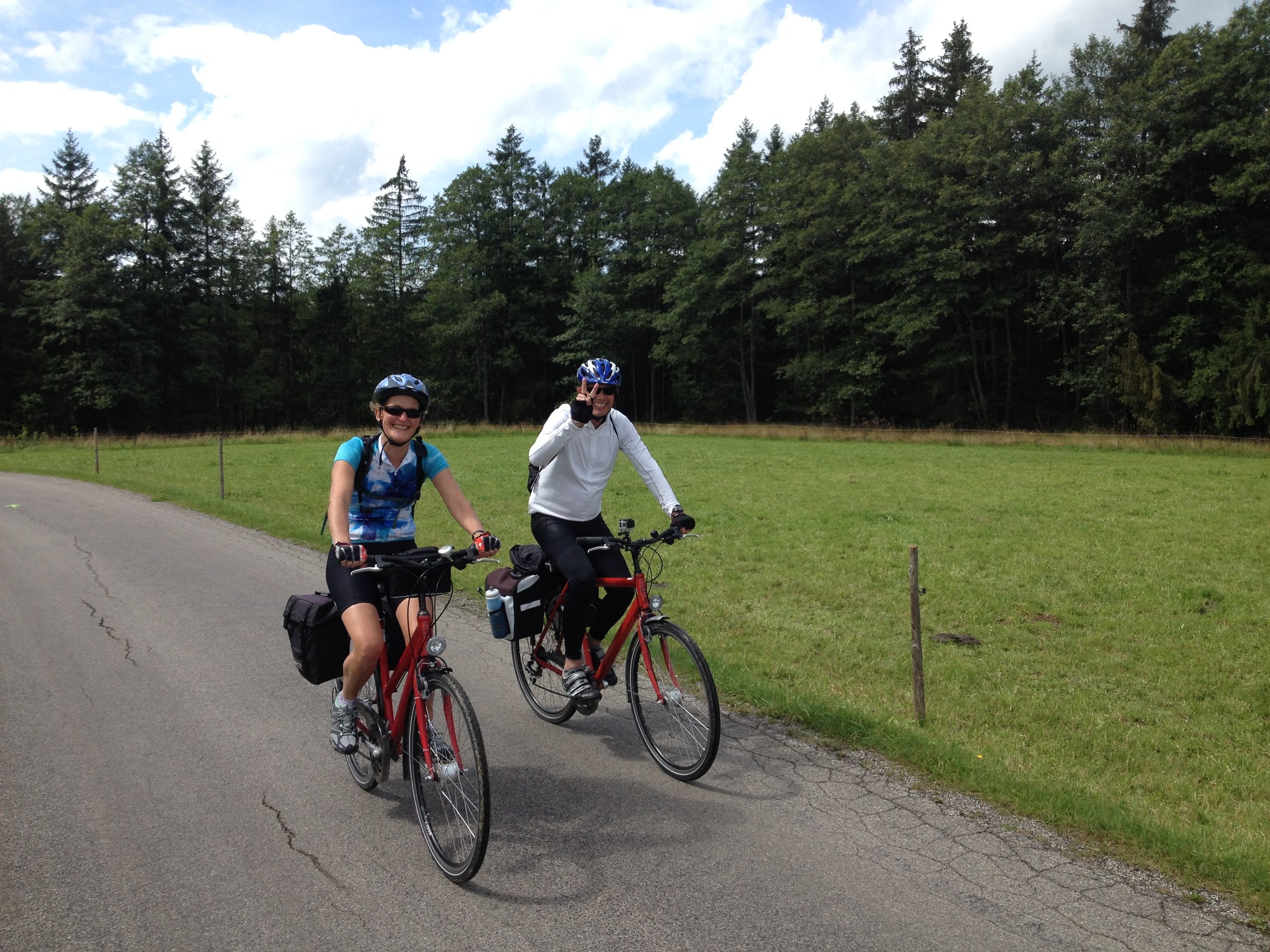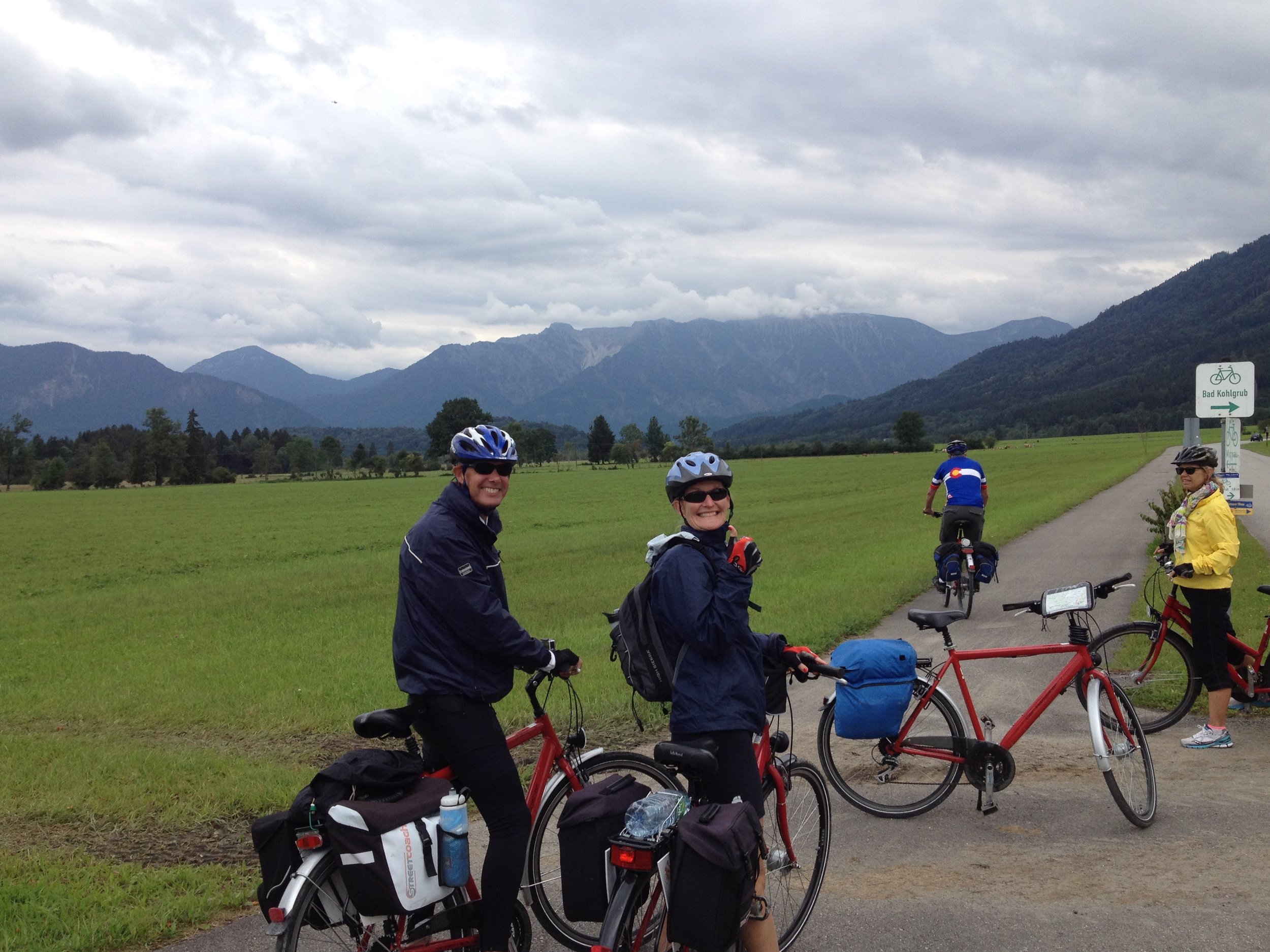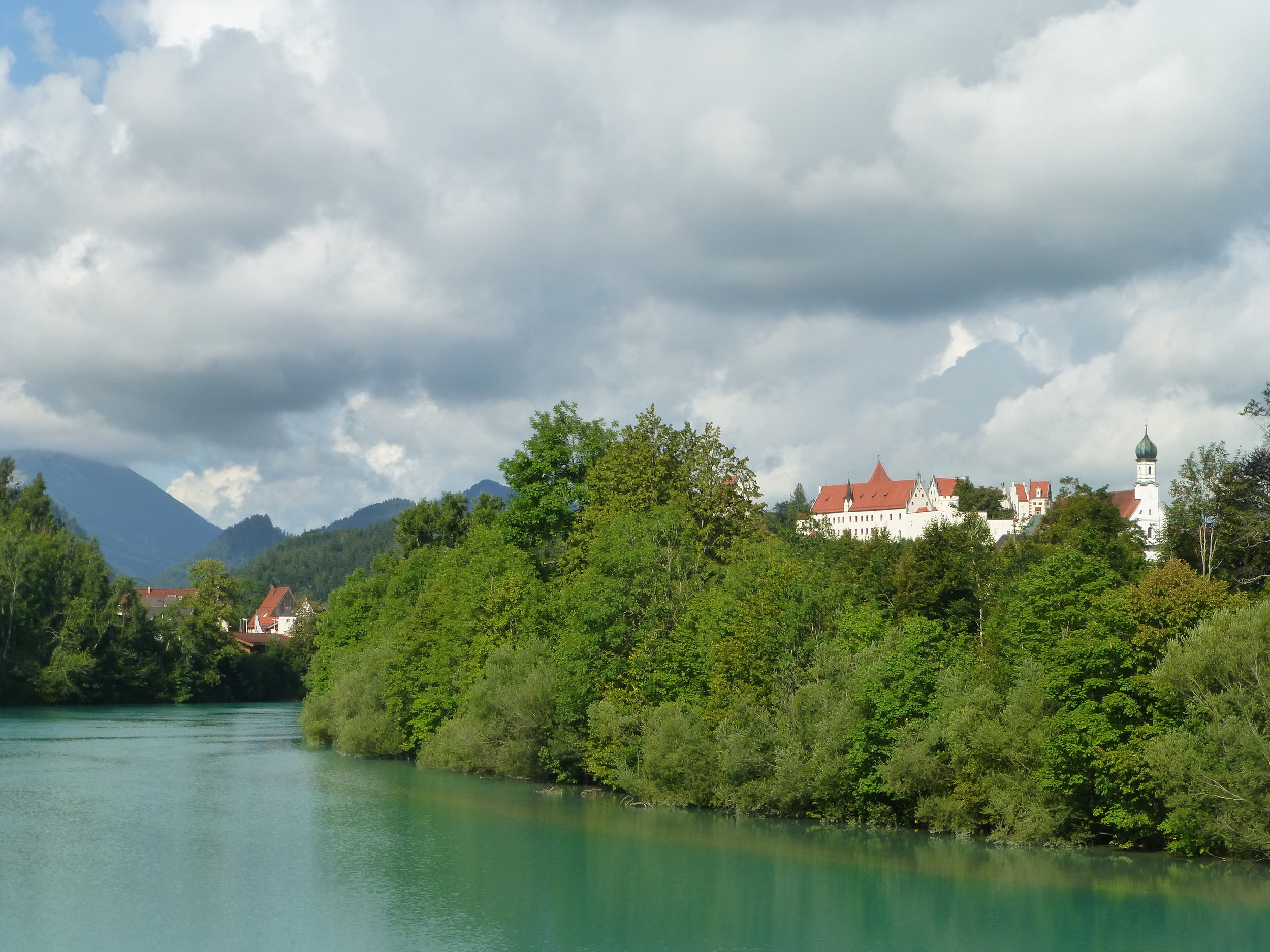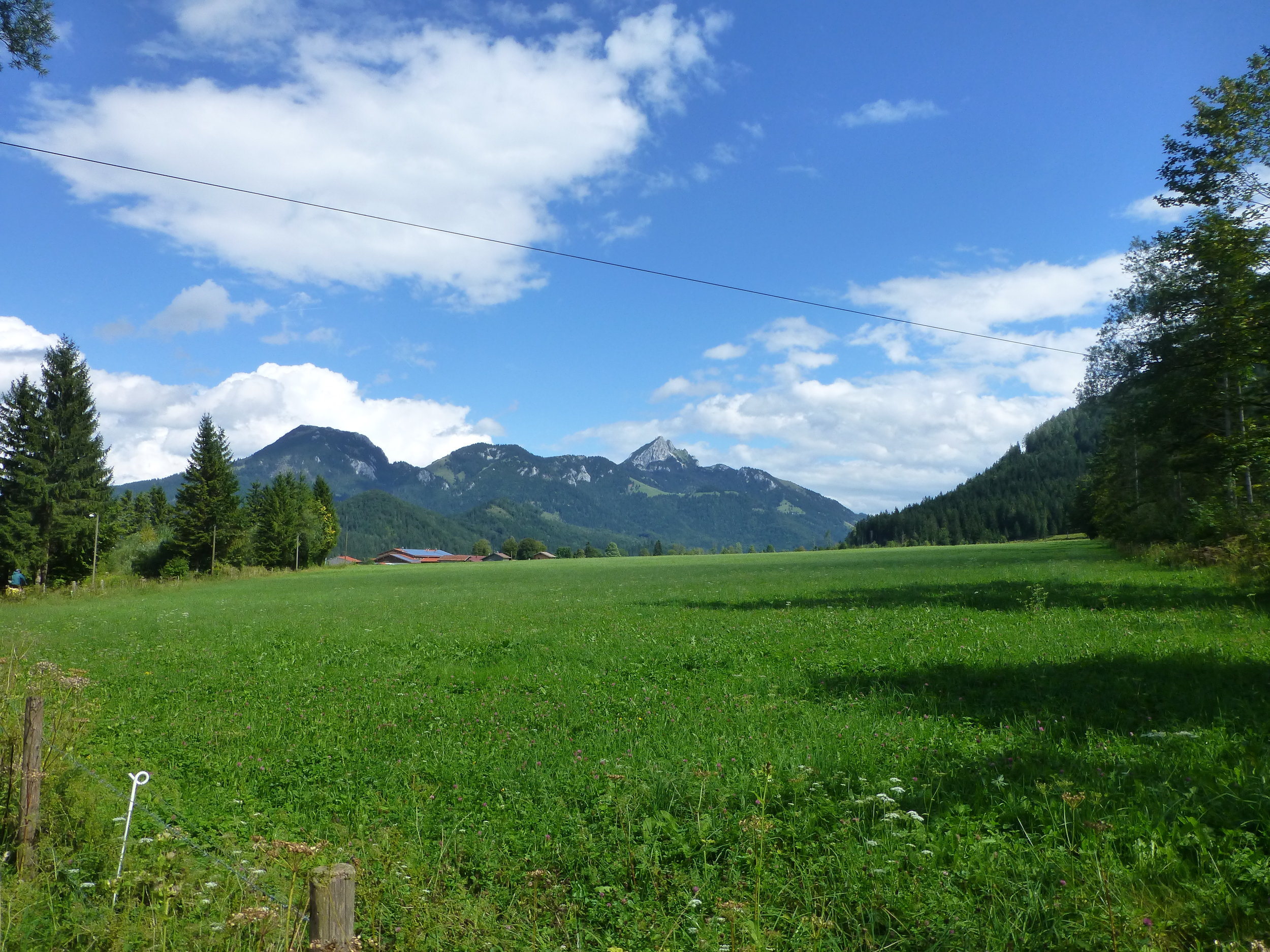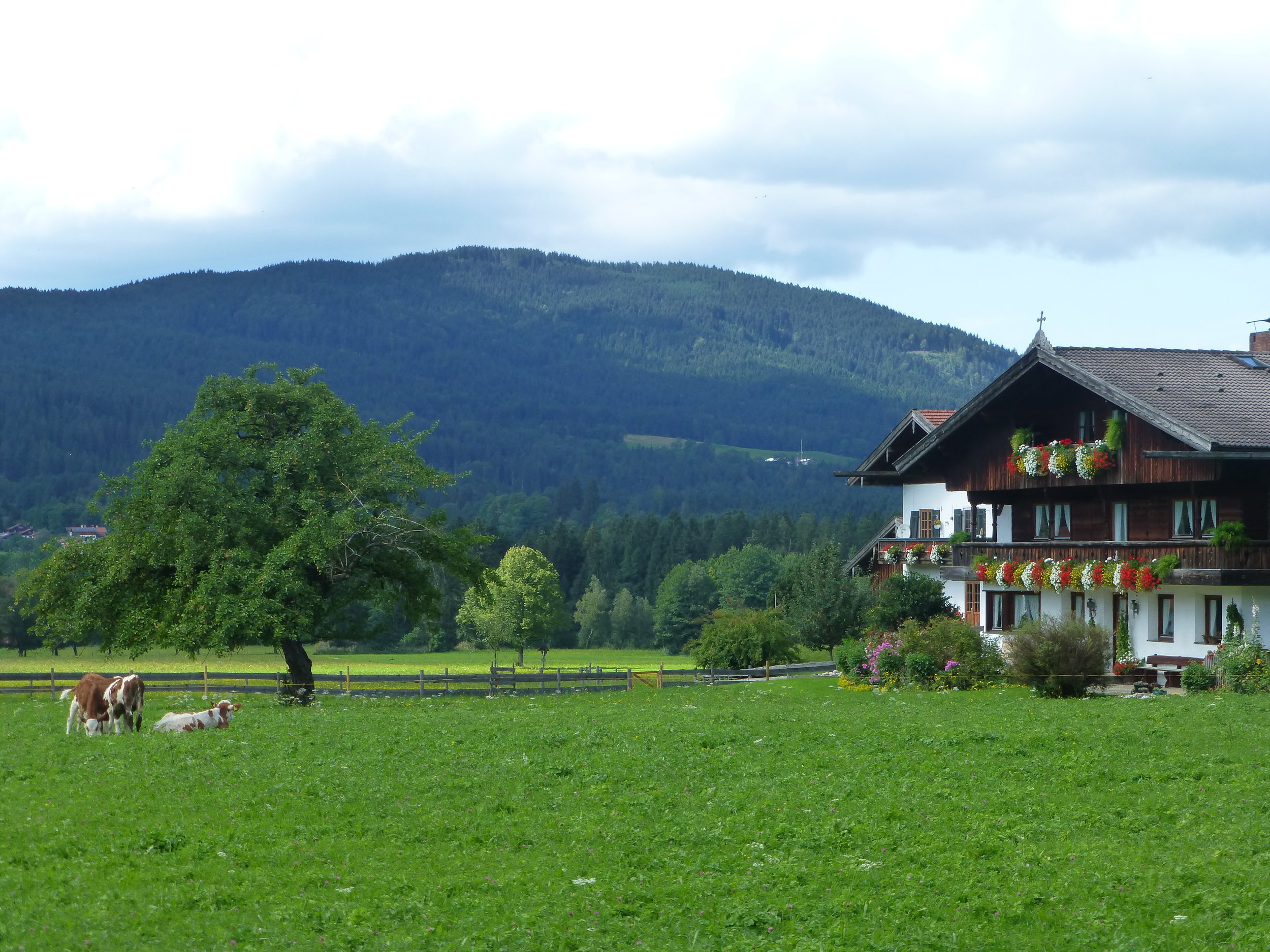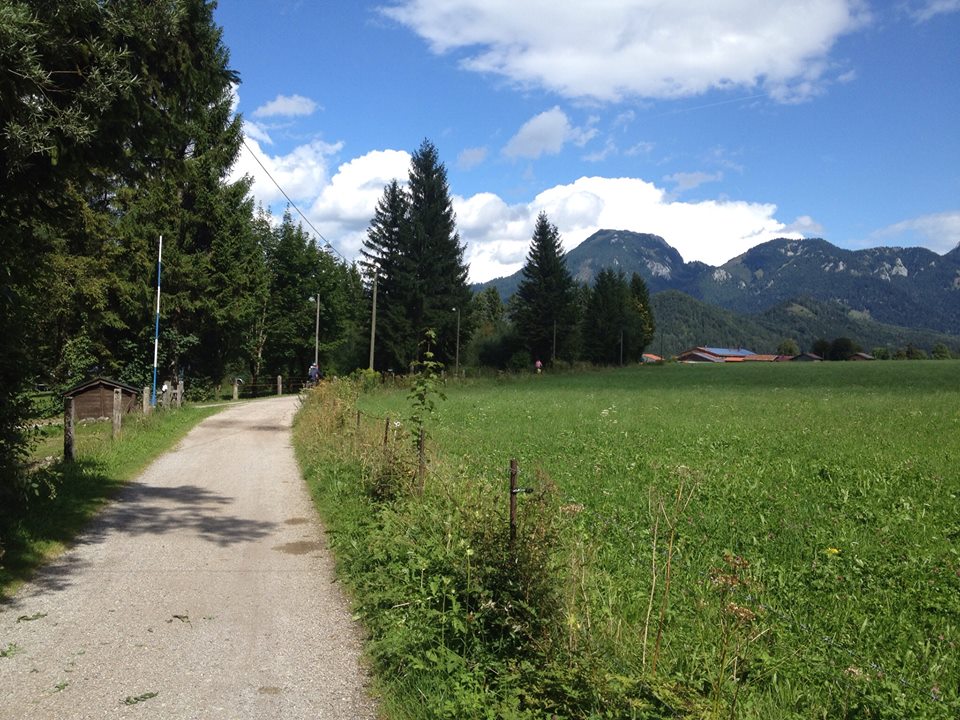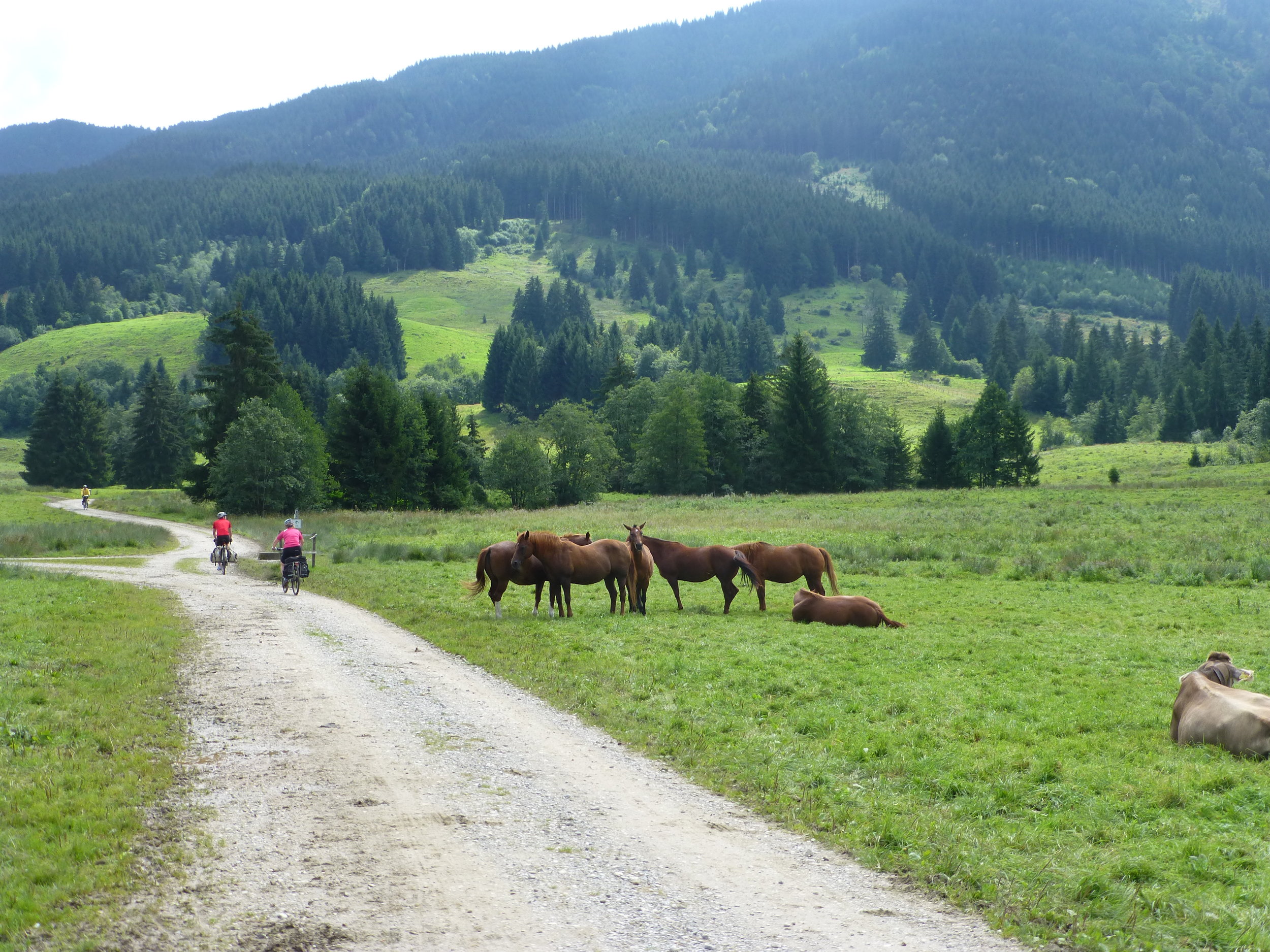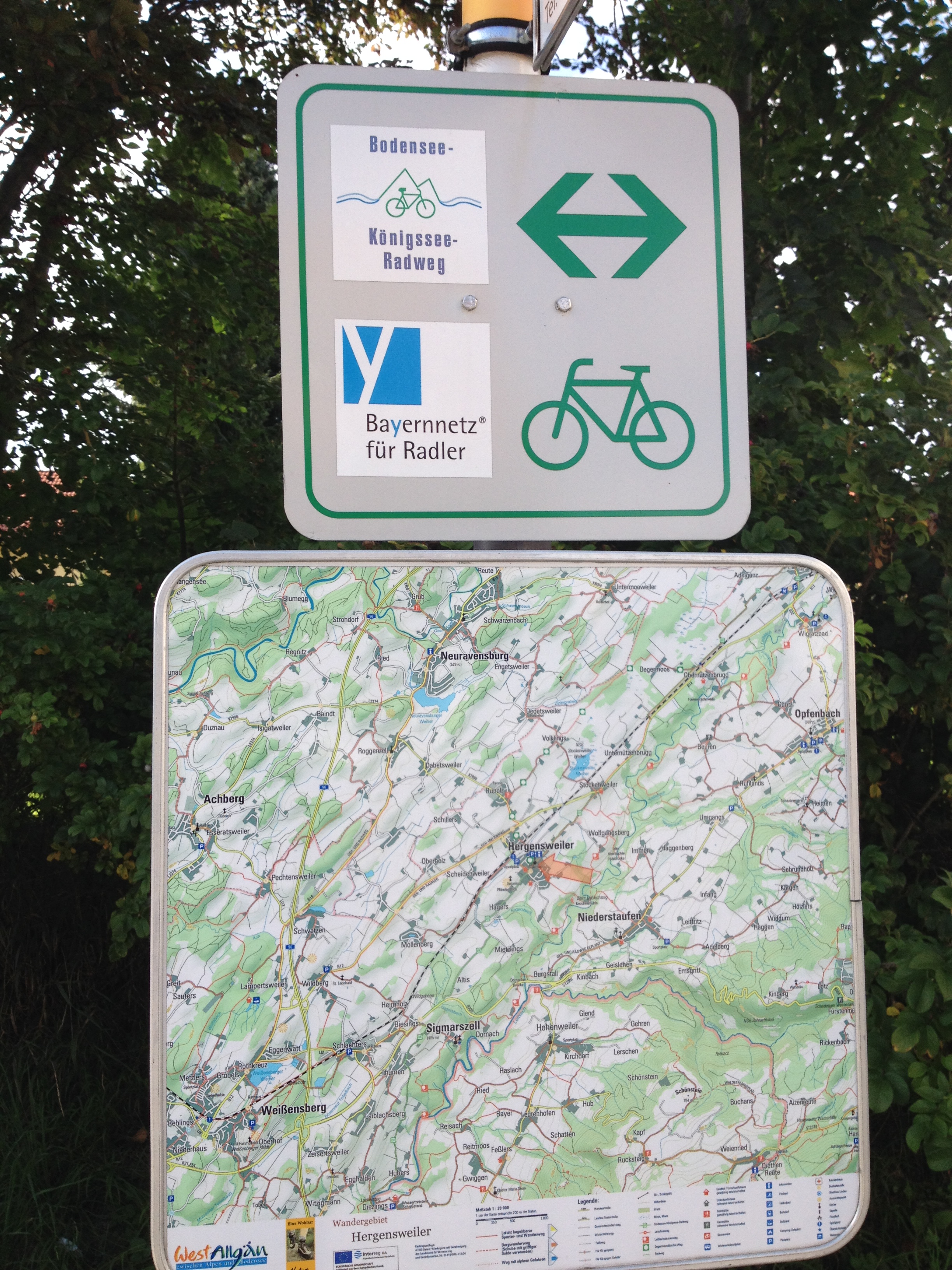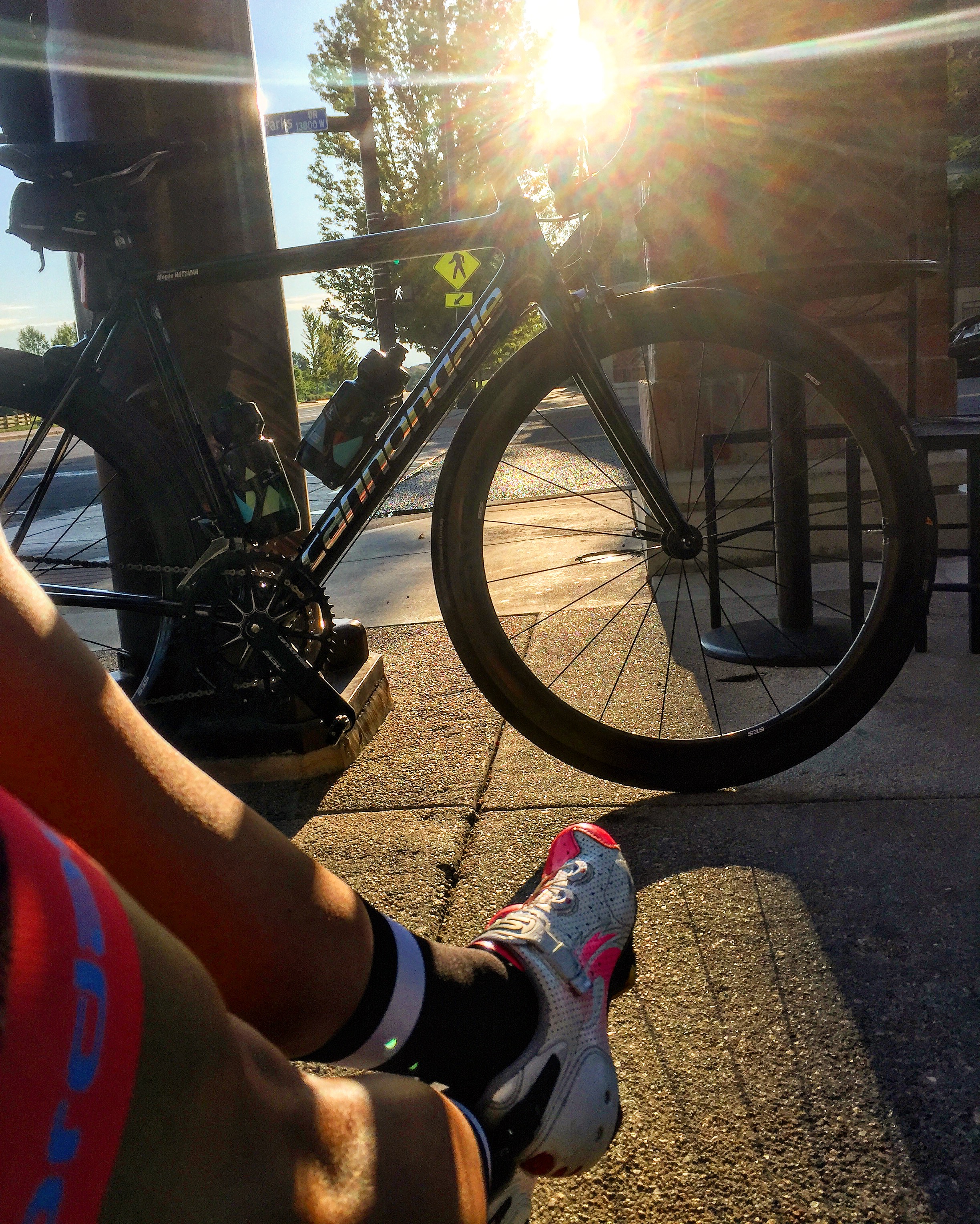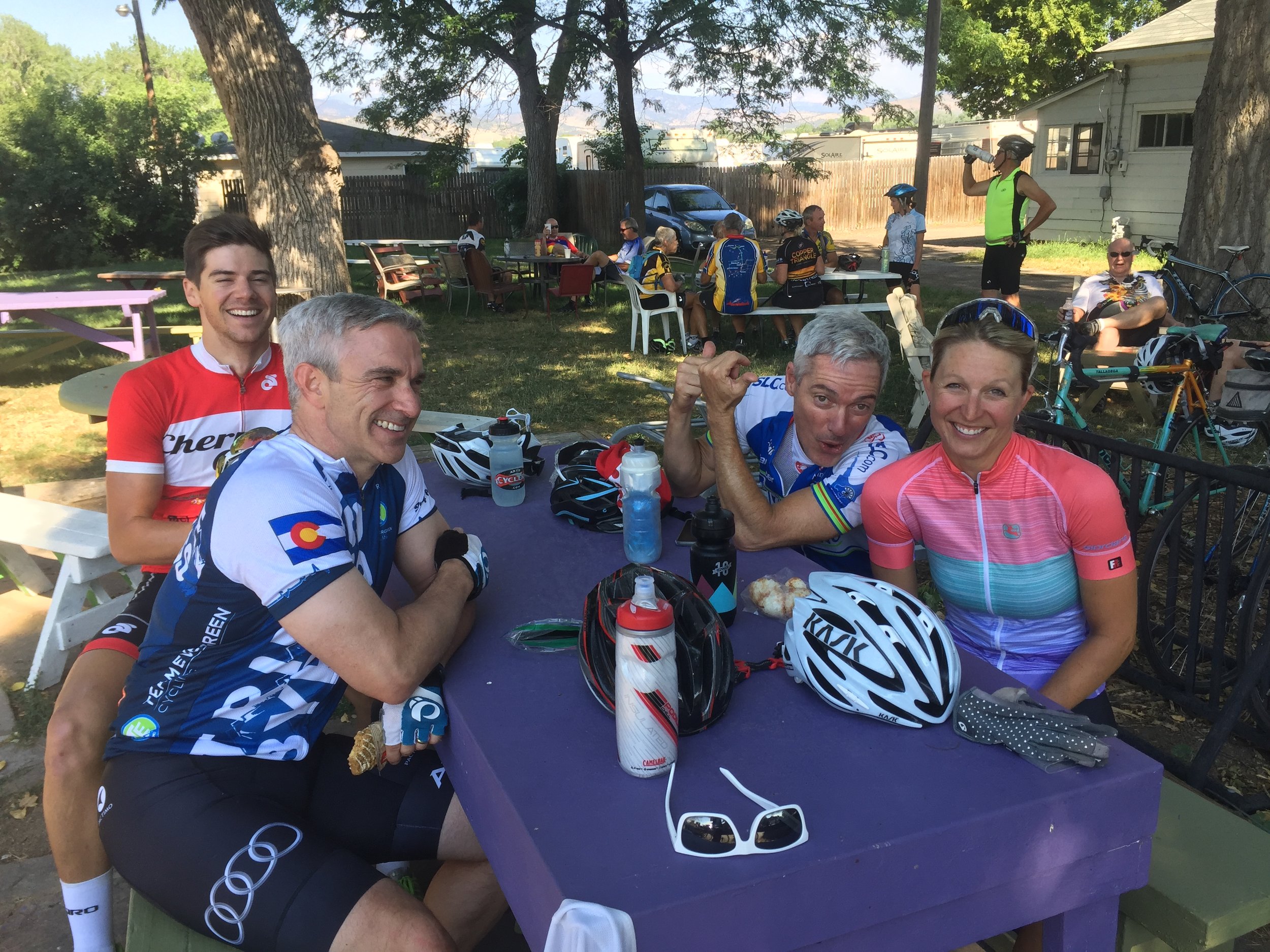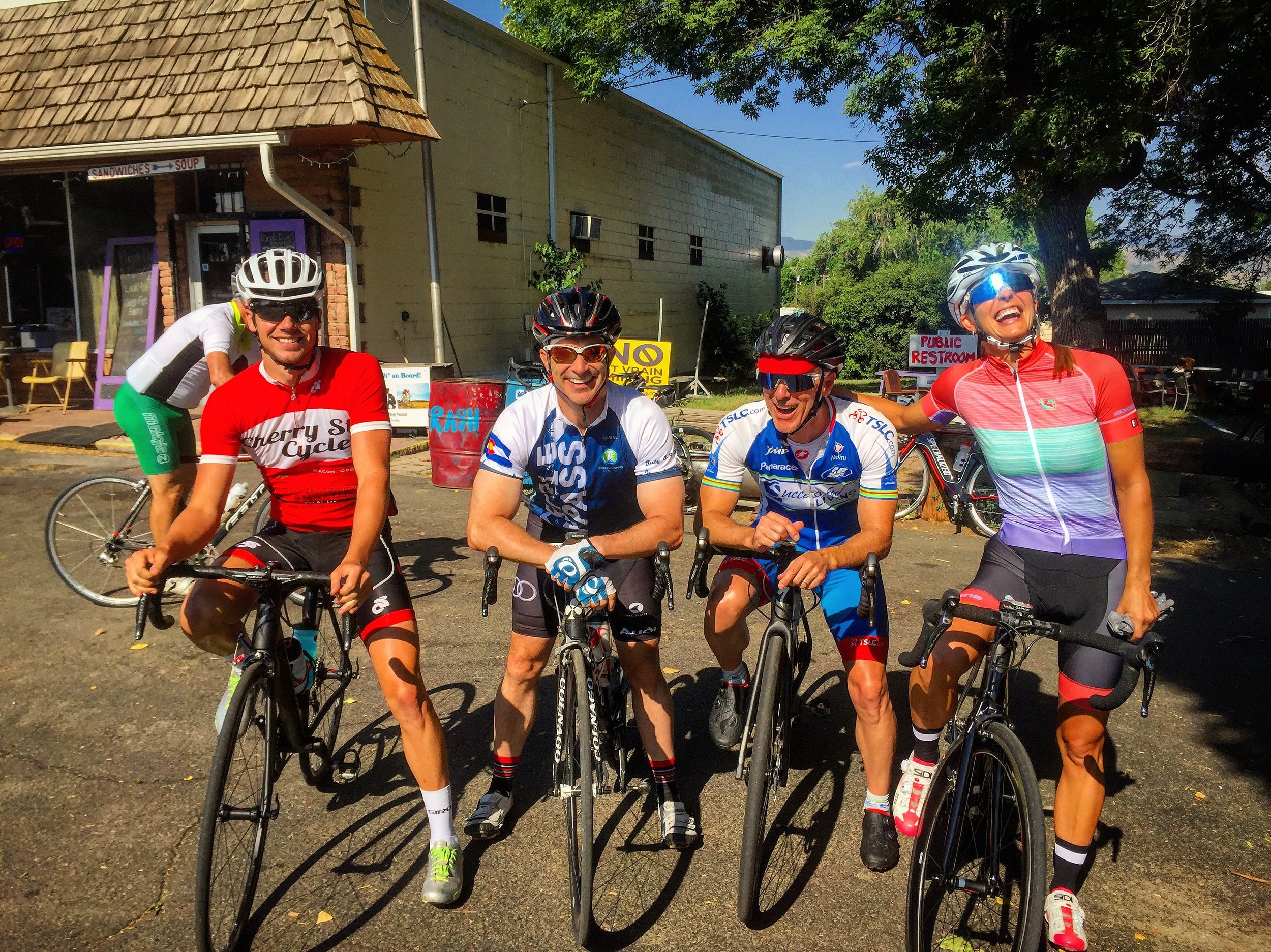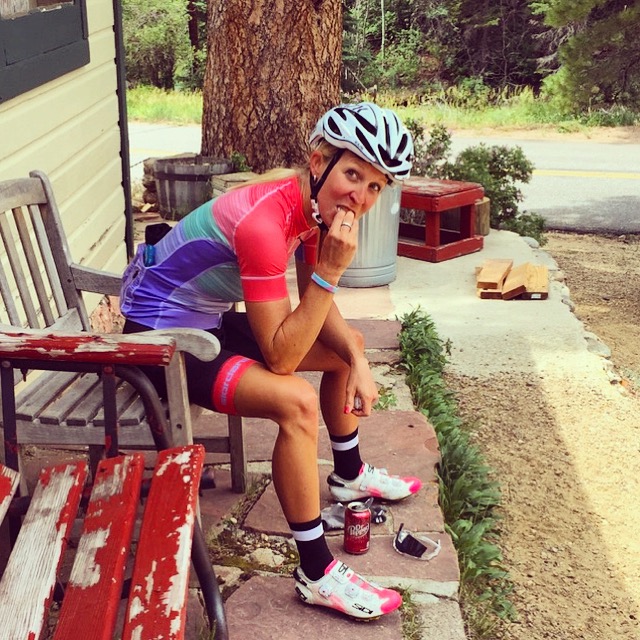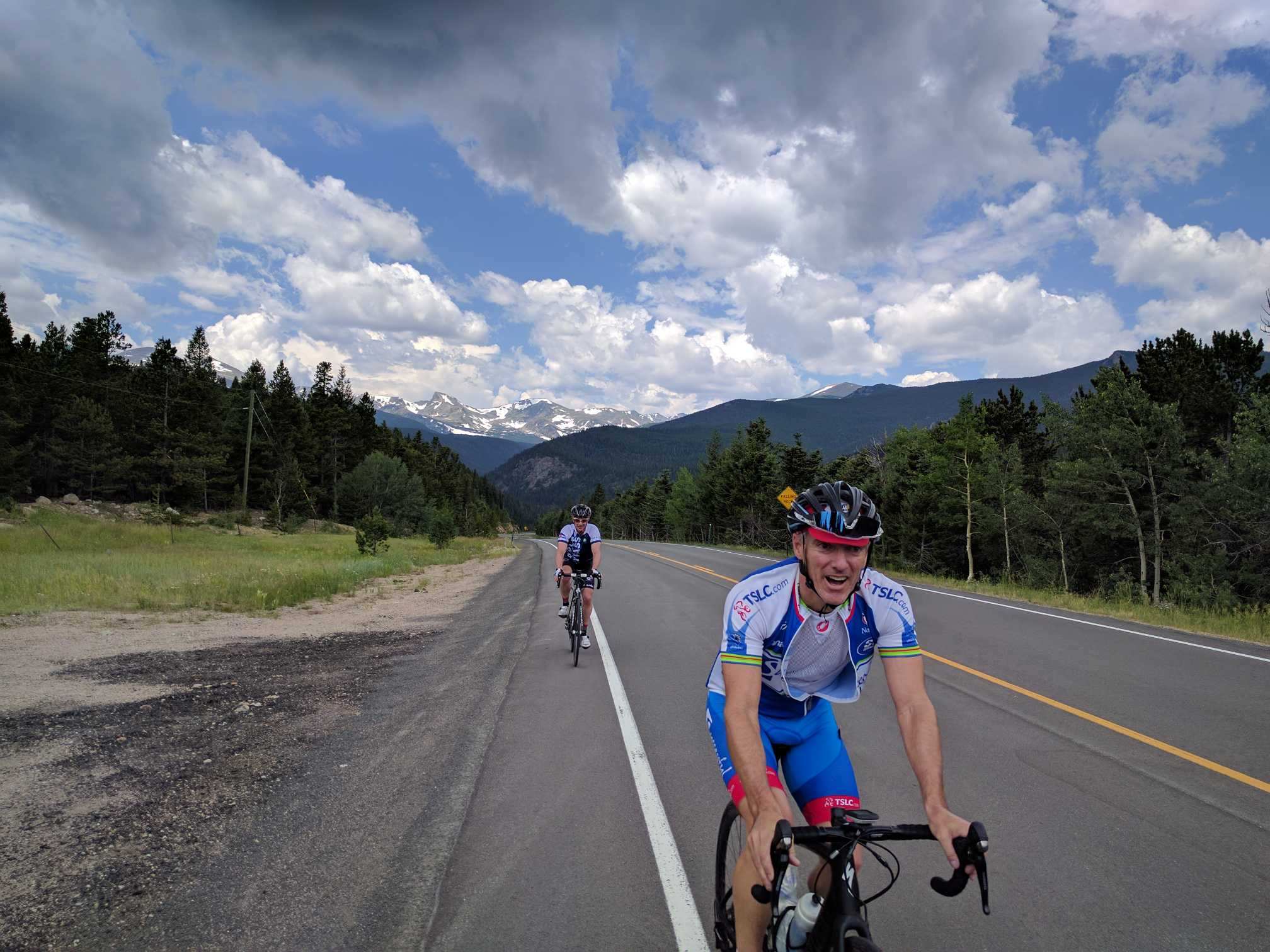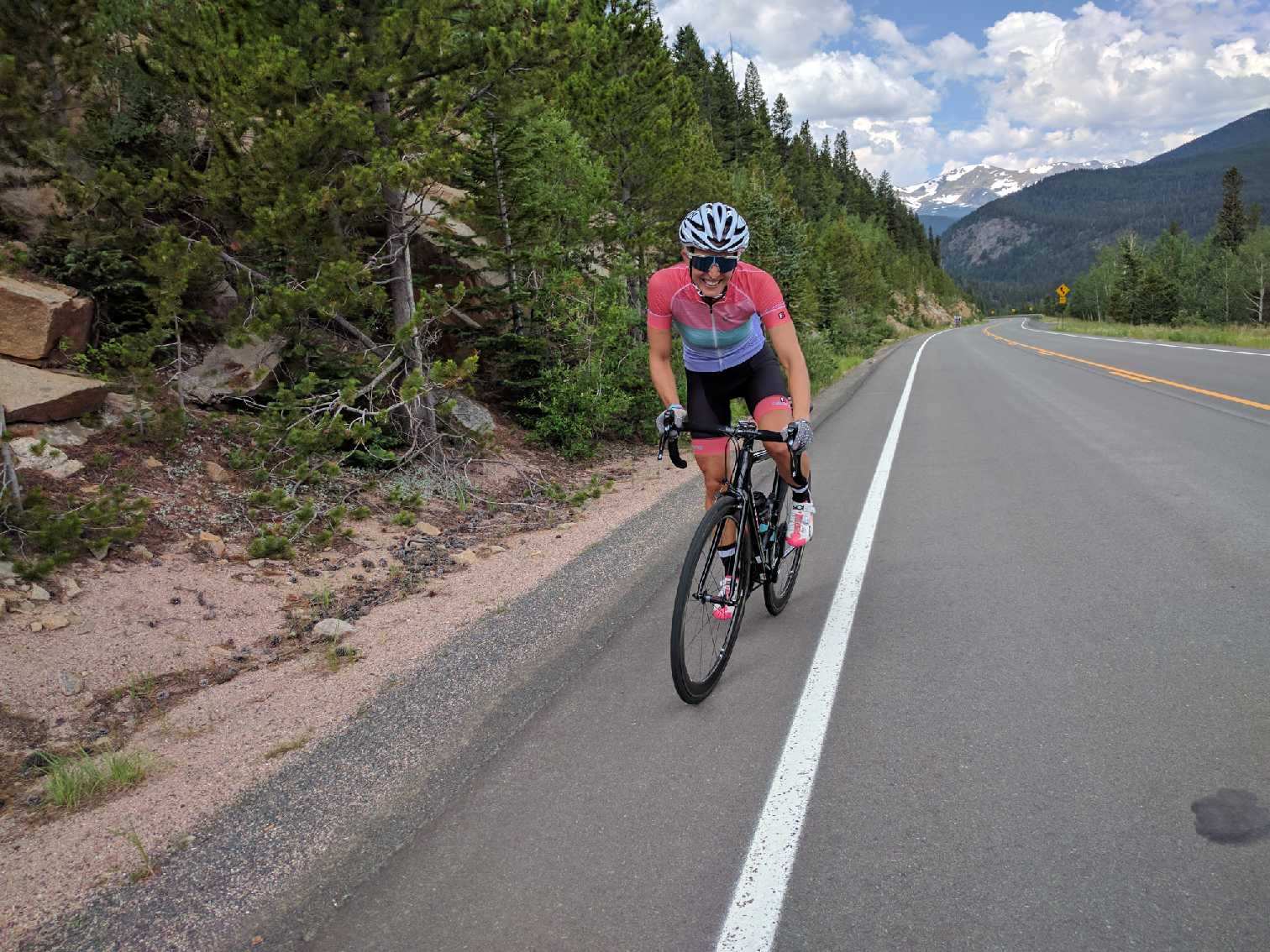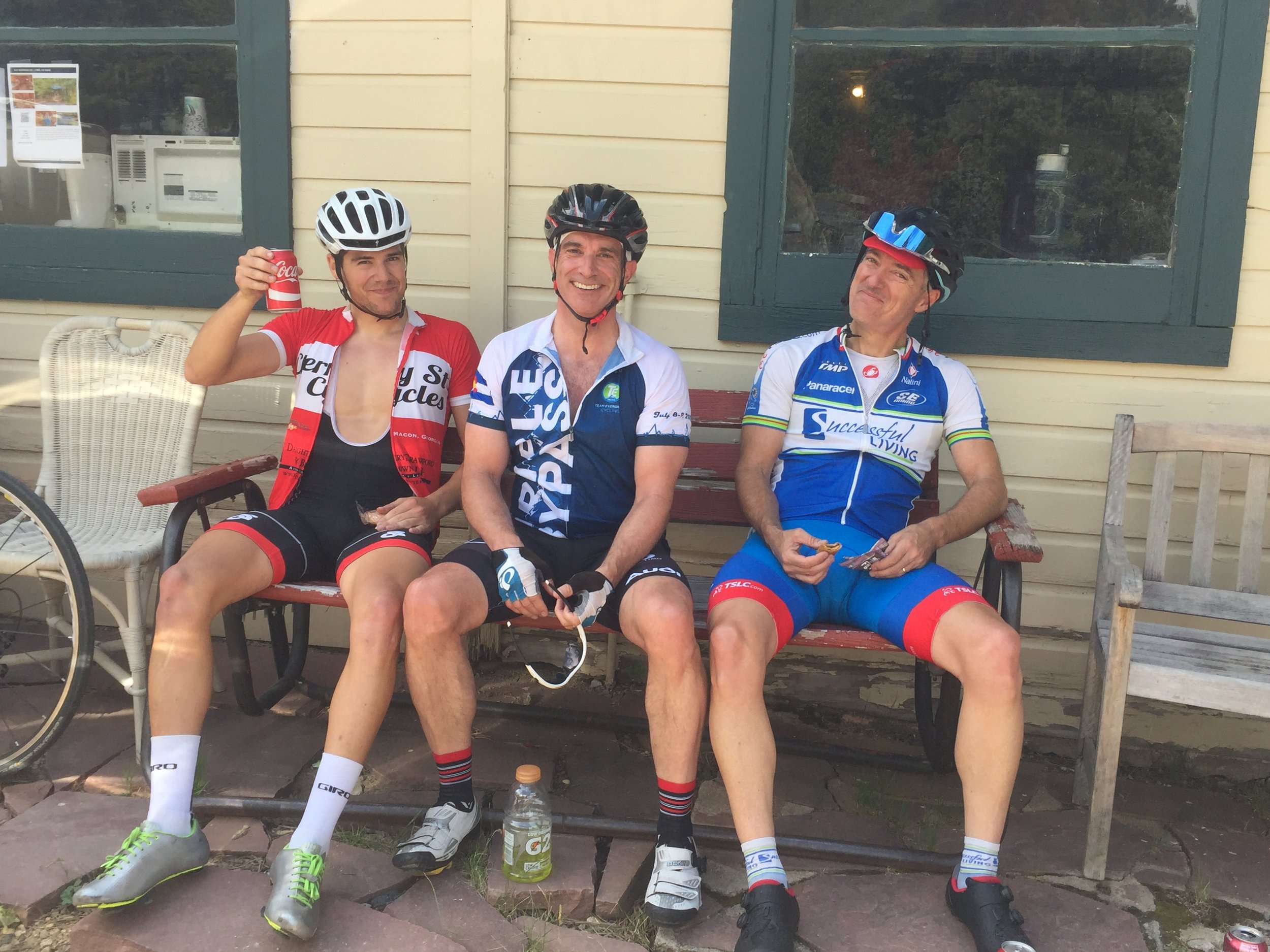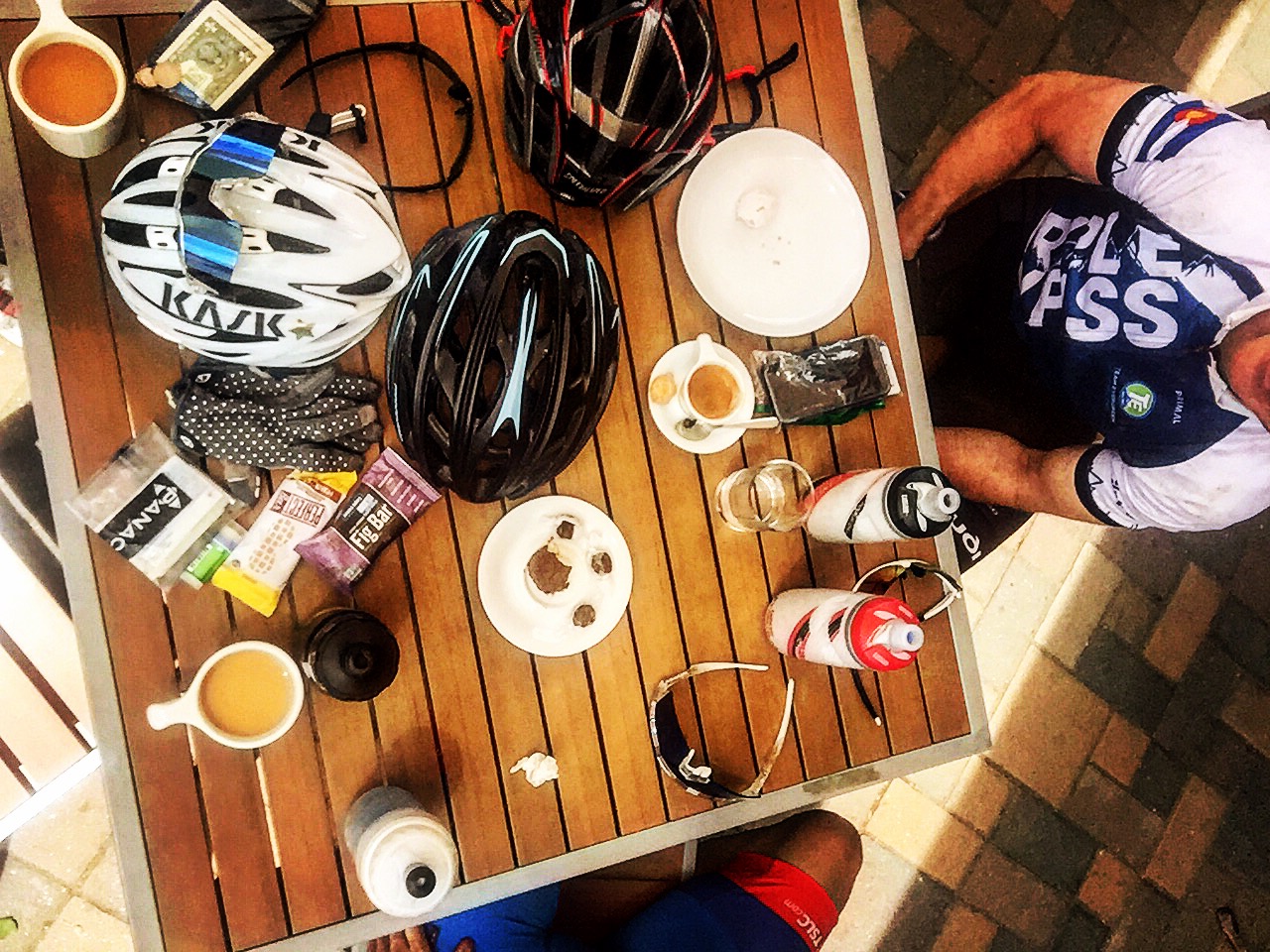A guest post by our Bike Ambassadors member, Marieke!
Route planning tips for bike commuting
Planning your bike commuting route can be challenging. When commuting, you want to get to work or home as fast as possible and you don’t necessarily want to spend a lot of time on a longer detour. Of course, you would like to be safe too. Fortunately, there are different tools and websites available to help you out.
Just like a car route, Google Maps is a great way to start: identify your home and your destination and GO! Make sure to look at the bicycle overlay, which will show green (or brown) lines as bike friendly streets and trails, and use the bike search option, versus the standard car search. Google bike routes are considered in beta version, but the data behind the maps are usually directly fed by municipalities and do give a great first approach of the route to tackle… After a first result, I often check the satellite images for bike lane signs or use streetview to get a lay of the land. It is always good to know if you are on the street, if there is a bike lane, or if you are directed to a poorly-maintained sidewalk that only in name has just been upgraded to bike route. Would you be better off in the street in that case, or should you reroute? Another great way to get an idea where others ride is via Strava heatmaps, which is free and can be accessed without an account. It is fun to see what other riders prefer, and maybe you can optimize your route.
Be aware and prepared, a bike lane or trail can unexpectedly end.
There is a personal touch to each bike route. Not everyone likes or is comfortable riding in the same streets. Some people wish to avoid bike lanes at all cost and are willing to take longer routes to be completely off street on a bike path. Some quirks, like unfriendly intersections, you will only find out by trying your route, which is done best when you are not in a hurry for a 9 am meeting. I usually keep optimizing my routes to be faster and safer for a long time after my first attempt. Bike infrastructure in Colorado keeps improving rapidly, and new bike lanes or trails show up all the time. I also like to ride with colleagues and friends, just to learn new ways. I even have different routes depending on the time of year. In winter, I will partly use a bike trail that is nicely plowed after each storm, has no cars, and is safer and off-street in the dark. In summer, I won't dwindle and go the shortest route, which is unfortunately along a busy highway. A bonus gravel trail along the way makes up for it and is a shortcut and quiet.
If you have the luxury, trails are a wonderful and safe way to commute off street.
Denver, as most other Front Range municipalities, has a network of designated bike trails across town. In Denver these are labelled as D-routes and they are a great way to start plotting your commute. It will be worth to check out what your own city or county has listed as bike trails and routes. Bicycle Colorado has a nice list to get you started for most communities (link below).
A GPS, your smartphone or just a plain old map can be handy to take a peak when you are lost, have an unexpected flat and need the nearest bus stop, etc. And.. rule number one when riding your route for the first few times is to give yourself enough room before your first morning meeting.
Happy pedaling!
Useful websites:
Google Maps www.maps.google.com
Strava heat maps https://labs.strava.com/heatmap
Bicycle Colorado statewide and local bike maps https://www.bicyclecolorado.org/ride-colorado/colorado-bike-maps/
Denver bike map www.denvergov.org/content/denvergov/en/bicycling-in-denver/resources/bike-maps.html
My summer morning commute is unfortunately on the shoulder of a busy highway. It is very scenic and by far the quickest way to work, but I try not to ride here in the dark.




